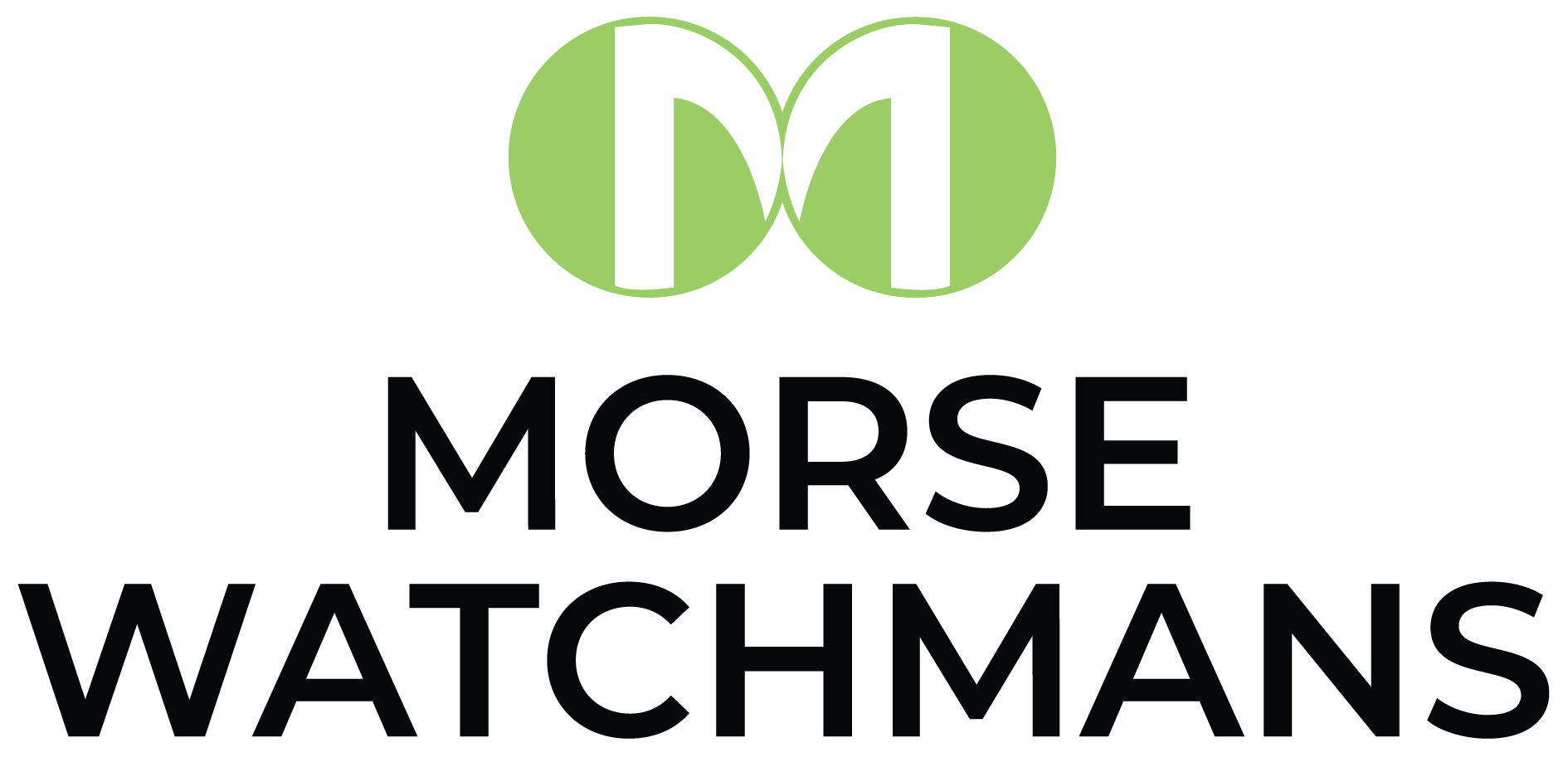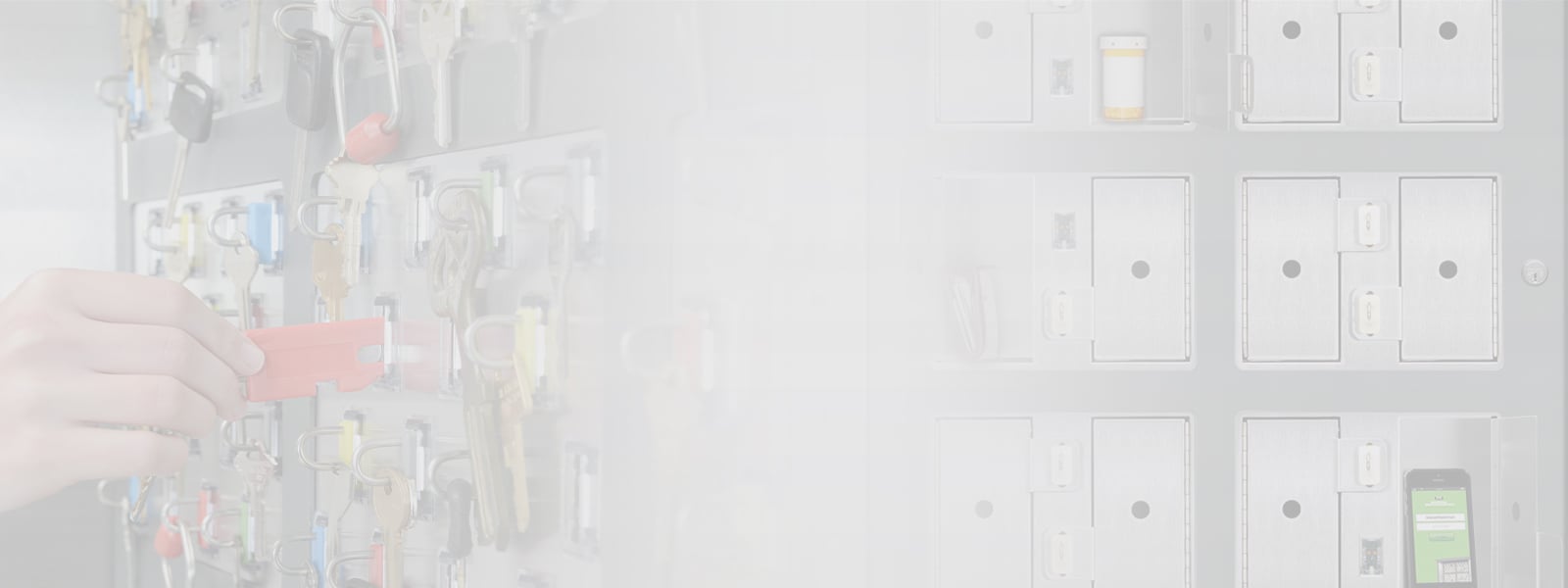 According to the National Center for Education Statistics taxpayers spend nearly $700 billion each year on K-12 public schooling. One of the fastest areas of school expenditure is the expanding pot of funding for school security and safety.
According to the National Center for Education Statistics taxpayers spend nearly $700 billion each year on K-12 public schooling. One of the fastest areas of school expenditure is the expanding pot of funding for school security and safety.
Public schools in the United States are spending an estimated $2.7 billion a year on security technology solutions, which span the spectrum from high-tech door-locking solutions and video surveillance to integrated mantraps and facial recognition. The dollars spent on armed security guards and contract off-duty police skyrocket the overall security budgets for most school districts.
The impetus for increased spending for school security can be found in major newspaper headlines with alarming frequency. The spate of mass shootings in the K-12 sector and at the university level has demonstrated the lack of preparedness and vulnerability of school systems accustomed to teaching students the arts and sciences rather than sheltering in place. But lost in all this rush to high-tech solutions, one of the most basic of all security measures is often neglected – properly controlling and securing facility keys.
As elementary as it might appear, simple key control can provide school administrators, campus managers and school security personnel the foundation to a sound security strategy. Most school districts enforce a strict regiment of rules related to door locks in K-12 facilities, with the goal of ensuring the safety and security of students, staff and faculty. In the college campus environment, monitoring key activity through a centralized system allows for an audit trail of key activity and door access, both crucial elements in any security plan.
A centralized key control approach on a university campus makes perfect sense if administrators take a holistic approach by integrating both the physical key elements and the electronic access control cards and tokens into their security roadmap. The diverse nature of college campus facilities can include everything from multi-story classrooms, libraries and research labs to medical buildings, staff offices and student centers. However, most facilities share a common baseline – they are all buildings dependent on controlled access for security, whether it be key or card access.
Being able to store both physical keys and facility access cards in a secured key control system cabinet allows for automated tracking and accountability, releasing them only to authorized users. An added advantage of this centralized key control approach enables university administrators across campus to access data from the key control system which can be networked and connected to the overall university security system, and to databases in the registrar’s office and human resources. The centralized control enhances key management in a more efficient and effective manner allowing operators to easily provision and de-provision users, track key usage, locate keys, schedule automatic reports and even set up email and text notifications when a key is overdue.
The fewer copies of high-priority keys floating around a college or school campus, the higher the security quotient since systems administrators will have a real-time audit trail of every issued key. Network connectivity of the key system promotes secure remote management of any key. Centralized key control and management is an intelligent and effective means of enhancing safety and security.
Download our whitepaper, Understanding Key Control Systems and Best Practices to explore how key control and asset management systems work in an education environment.



